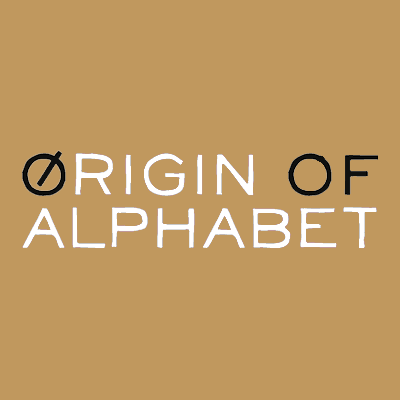Thank you Steven Pinker
June 14, 2011
Dear Professor Pinker:
I am writing you because I have a theory about language that I have been working on for two years, and I was hoping you could suggest an open-minded anthropologist/linguist with whom I could get a Ph.D. I have read three of your books, and they have caused me to read many more of the authors you reference. I am a published author (you can find me on Amazon), I have a masters, and my husband is a V.P. of Research at Genentech (he has a Ph.D. in Chemistry from Caltech). He believes in my research and has been supportive of my efforts.
My theory is that the components of all written languages (letters, Chinese characters, Ancient Egyptian hieroglyphs, cuneiform, etc.) reflect what was important to the culture at the time that the writing was invented. For example, fertility and procreation were paramount 5,000 years ago, so this can be seen in the scripts of many languages. I am digging through ancient lexicons much like an anthropologist would examine bones in order to better understand human nature. You can find papers that I have written concerning this theory at https://originofalphabet.com.
Linguists say our “B” comes from “house.” But Chinese has a “B,” and it means “breasts”: nai3 乃 (“Er nai” is a term for concubine or “second breast.”) ” “House” is really a euphemism. A house is where you put the “B/Vs” because “B” swaps with “V” in many languages (Hebrew, Latin, Greek, Spanish; in Russian the alphabet goes, “A, B, V.”) Why do we not know this? Because we are in denial. Jared Diamond wrote, “[G]enocide is such a painful subject that either we’d rather not think about it at all, or else we’d like to believe that nice people don’t commit genocide, only Nazis do.” (The Third Chimpanzee, p. 277). Denial is why the restaurant chain Hooter’s can claim that its name refers to owls. The human ability to analogize, to make metaphors, to use euphemism allows us to forget we could all be evil under the right circumstances, but this same capacity for frame-shifting is why we can read. Letters seem to have no inherent meaning, but these underpinnings have a deeper significance than linguists—who mostly deal with the sounds of words—will acknowledge. Is it really reasonable to equate the word “house” with a character that has been honed for 4,000 years? I think “B” has more complexity than a one-word synopsis.
If “B” is “breasts,” can you guess what “V” is and why they swap? V is at the low-rent end of the alphabet for a reason. Linguists say there’s no hierarchy to the alphabet, but anything with an order has a top and bottom. The end of the alphabet is where the unknowns are: x, y, and z. No surprise that letters that signify for women—t, u, v, and w—are nearby.
I am looking at language with the eye of a scientist because I have lived with one for 26 years. I am comparing cuneiform, hieroglyphs and Chinese script, while analyzing definitions from the respective dictionaries (Pennsylvania Sumerian Dictionary, UCLA’s Cuneiform Digital Initiative, China Text Project, Mandarin Online Tools, Hebrew and Greek Lexicons at www.searchgodsword.com, just to name a few; my bibliography is published at Scribd, which you can reach via my website; I have read 66 books since having this idea). There is coherence across languages in many capacities; for example, the consistency of using meaning-sound composites is common in Sumerian, Ancient Egyptian, and Chinese, which means that a “word” consists of a radical or determinative which gives the ballpark concept (revered animal, for example), plus a phonetic component which allows the reader to triangulate the meaning (miao1 for example) similar to plotting an x,y coordinate on a graph. The resultant written character mao1 equals “cat.” Is it amazing that three disparate cultures would use this strategy without seeming to have copied each other? Or are humans so alike that the same strategies occur to us?
I live in the Bay Area currently, but I would be willing to move to almost anywhere in order to pursue this research. However, my first preference would be California. Thank you for any help or advice you can give.
Sincerely,
Jennifer Ball
Dear Jennifer,
Thanks for notifying me about your work. I’m not an expert on the history of writing, though I suspect that most of the historians would be skeptical of this theory and more likely to attribute the evolution of writing systems to internal factors having to do with learnability, ease of use, and historical accidents. To convince people it would be good to test your theory statistically, and to see whether the symbolic associations that you posit can be independently classified by blind raters and whether they are associated with the relevant symbols more often than chance would predict.
Unfortunately I don’t know of any researchers who are pursuing work on the topic, but you may want to ask Prof. Maryann Wolf of Tufts University for her suggestions.
Best,
Steve Pinker
